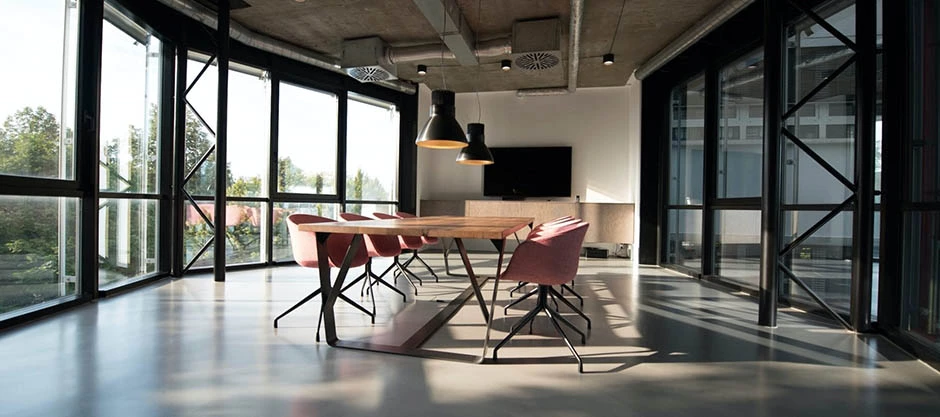In the fast-paced world of commerce, staying important and attractive to customers is crucial. As preferences evolve and contestation rises, many store operators discover that their once-thriving establishments have slipped into a lackluster state. This is where retail refurbishment becomes significant. It offers a transformative prospect to inject new life into your enterprise, enhancing not only the appearance of your space but also the complete shopping experience. By investing in a strategic update, retailers can create an setting that draws new clients while keeping devoted ones returning.
Retail makeover is beyond a fresh coat of paint or upgraded floor; it’s a tactical effort that can renew your business and increase sales. By comprehending what store renovation includes and recognizing the indicators that it’s necessary for an upgrade, store owners can efficiently chart a path toward improved consumer contentment and boosted profitability. From design upgrades and optimal lighting selections to green resources and layout improvements, the field of store renovation is filled with possibilities waiting to be uncovered. Embrace the journey from dull to fantastic and uncover how you can elevate your store environment.
Grasping Retail Renovation
Commercial renovation is the act of updating a commercial space to enhance its general appearance, functionality, and client experience. This transformation can involve a wide range of changes, from architectural modifications to visual improvements such as paint, floor coverings, lighting, and display fixtures. The objective is to create an welcoming environment that whilst also draws in new customers but also retains existing ones by providing a fresh and stimulating shopping environment.
One of the primary reasons for initiating a commercial refurbishment is to revitalize a brand and boost sales. Eventually, even the most successful stores can become drab or obsolete, leading to a decline in customer engagement. A carefully planned refurbishment can refresh a store by matching it with modern aesthetic styles, improving product exposure, and making the store more approachable. This also helps in drawing in fresh clientele but also enhances the general shopping journey for loyal customers.
Commercial renovation also plays a crucial role in strengthening brand identity. A strategically restructured store can convey brand values, target to specific audiences, and establish an engaging shopping experience. When customers sense a bond to a store's aesthetics and layout, they are more likely to engage with the brand and make buying decisions. Therefore, grasping the complex aspects of commercial renovation is crucial for retailers looking to navigate the challenging landscape and thrive in a dynamic environment.
Planning Your Retail Renovation
Effective retail refurbishment starts with detailed planning that takes into account your store's unique traits and customer preferences. Commence by reviewing the current state of your store and noticing areas that need improvement. Performing customer surveys and gathering feedback can give essential insights into what your patrons desire to experience. This will assist you establish clear objectives for your refurbishment, be it enhancing the shopping experience, refreshing your aesthetic, or improving operational efficiency.
Subsequently, map out your budget and timeline for the initiative. Creating a practical budget involves factoring in all costs, including materials, labor, and unexpected expenses. It’s crucial to distribute funds wisely to ensure that you can realize your vision without monetary stress. Creating a comprehensive timeline will assist control expectations and reduce disruptions during the refurbishment process. By timing work during non-peak hours or employing temporary displays, you can preserve some level of operations while renovations are ongoing.
Finally, collaborate with experienced designers and contractors who focus in retail spaces. Hiring professionals can bring fresh ideas and expertise, guaranteeing that your refurbishment matches with current trends and your brand identity. Remember to incorporate https://angerbeast1.werite.net/stylish-overhauls-shop-renovation-success-tales that enhance the customer experience, such as innovative layouts or immersive branding features. A unified team effort will be crucial in implementing your plan effectively and creating a retail environment that draws in and retains customers.
Improving Client Engagement Through Aesthetic
An impactful retail refurbishment concentrates on establishing an engaging and engaging environment that enhances the consumer experience. By thoughtfully considering the store arrangement, businesses can increase the traffic of foot shoppers, making it more straightforward for clients to navigate and locate products. A intentionally created space encourages shoppers to remain longer, heightening the possibility of making a transaction. Key elements such as thoughtfully arranged displays, open paths, and interactive areas are essential in promoting positive customer interactions.

The use of color and lighting is another essential component of the creative process that considerably affects the shopping encounter. A carefully chosen palette can elicit specific reactions and align with the brand identity, while well-thought-out lighting can emphasize products and create an warm atmosphere. Natural light, warm tones, and flexible lighting choices help foster a comfortable environment, making shoppers feel comfortable and encouraging them to come back. When shoppers feel positive in a space, they are more apt to spend time exploring and ultimately finalizing purchases.
Finally, incorporating features of sustainability into the plan not only attract sustainability-minded shoppers but also boosts the overall shopping encounter. Using sustainable materials and low-energy lighting can strengthen a brand's dedication to sustainability, establishing a good impression on clients. By crafting a store that prioritizes both aesthetics and efficiency while being aware of its environmental impact, retailers can develop a stronger connection with their clients, ultimately driving loyalty and boosting sales.
